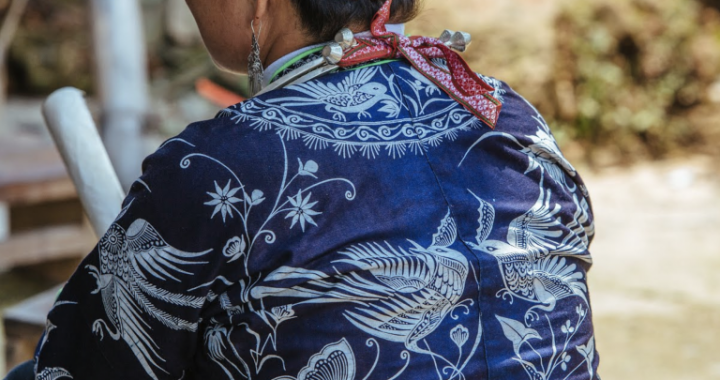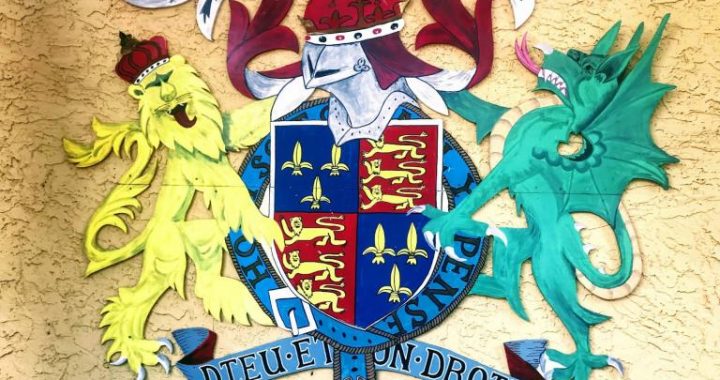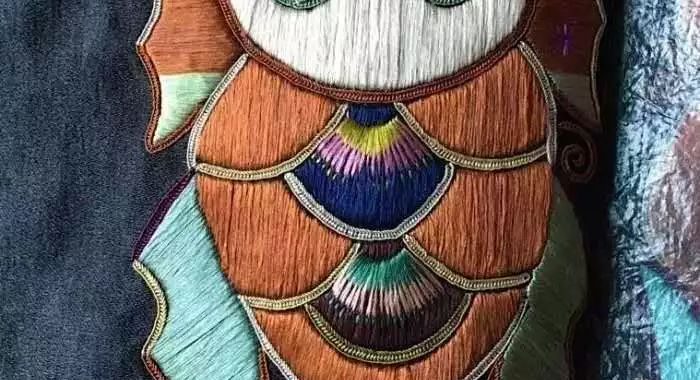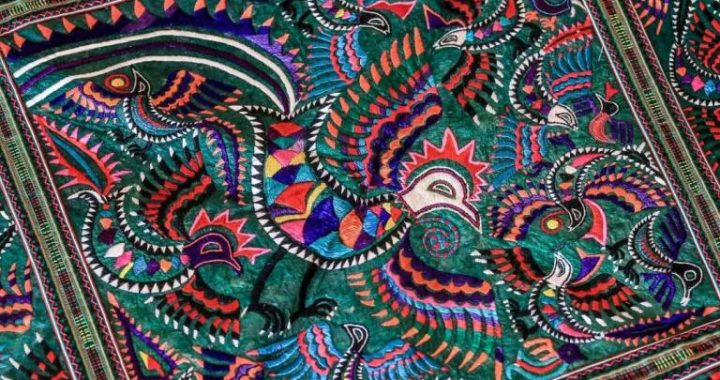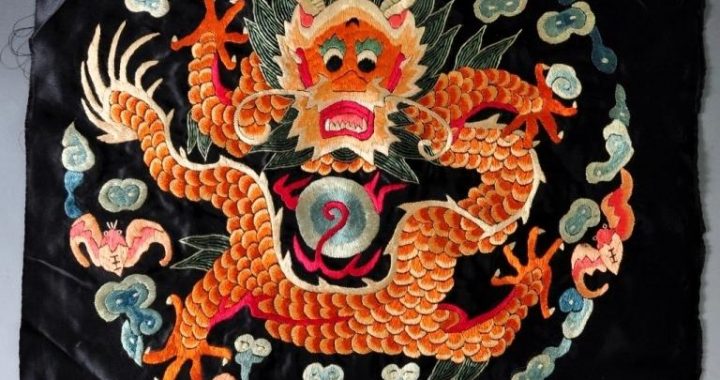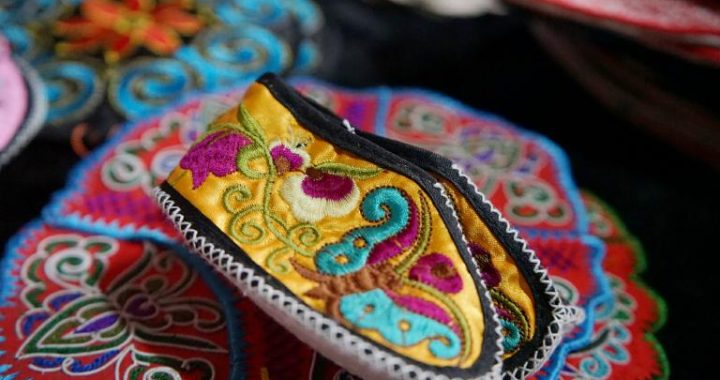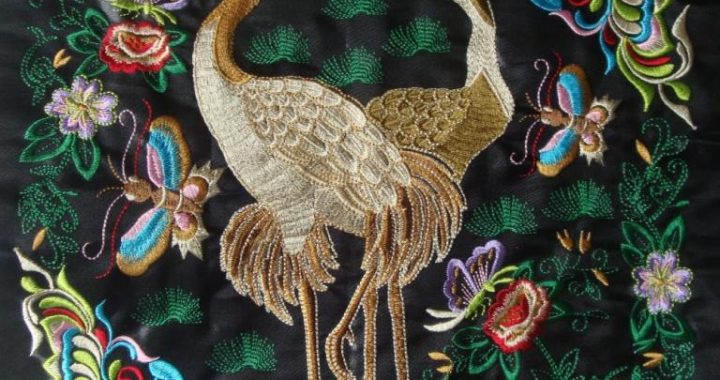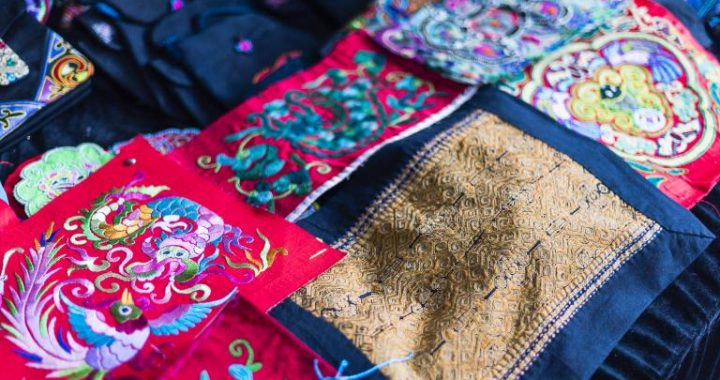From Traditional Brocade to Modernity
3 min readThe 18th century saw the dynamic progress of industrial revolution in western countries,which fostered fast development of weaving technologies.On the otherhand,it was also during this time that China started to decline,and the feudal system that had rooted in the country for more than thousands of years began to collapse.The abdication of the last Qing emperor Puyi in February 1912 symbolized the end of the Qing dynasty.Nonetheless,the following Republican period was no less chaotic,the country suffered from corrupt politics,frequent wars and all kinds of other social disturbances.
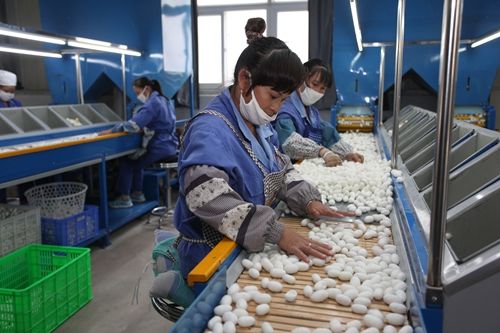
Chinese textile industry also underwent ups and downs during this turbulent period.When China gradually lost its status on the world silk market in the late Qing dynasty,people with insight realized that the only way to revitalize Chinesesericulture industry was to train talents and introduce new technologies.In 1897,Lin Qi,Taishou of Hangzhou,set up the first school for sericulture education in China,the Institute of Sericulture Studies,which witnessed the birth of modernChinese sericulture studies.Meanwhile,many Chinese industrialists imported new materials and facilities from Japan or the west,laying a foundation for China’s modern silk industry.
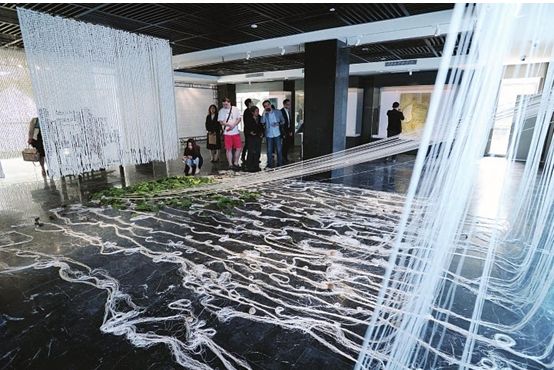
History turned to a new page when People’s Republic of China was founded on October 1st,1949.The time-honored Chinese silk industry was ushered into a brand-new era.Since then,though the development of the industry was not without setbacks and frustrations,it finally welcomes a renaissance in the new century,blooming with charms of modernity.
From Traditional Brocade to Modernity
Before highly praised by Marco Polo in his travels,Hangzhou silk was also complimented by the great Tang poet Bai Juyi as”worldly presentation of heavenly patterns”.In 1920s,a man named Du Jinsheng managed to realize this comment and portrayed an enchanting scene of the city through silk weaving.
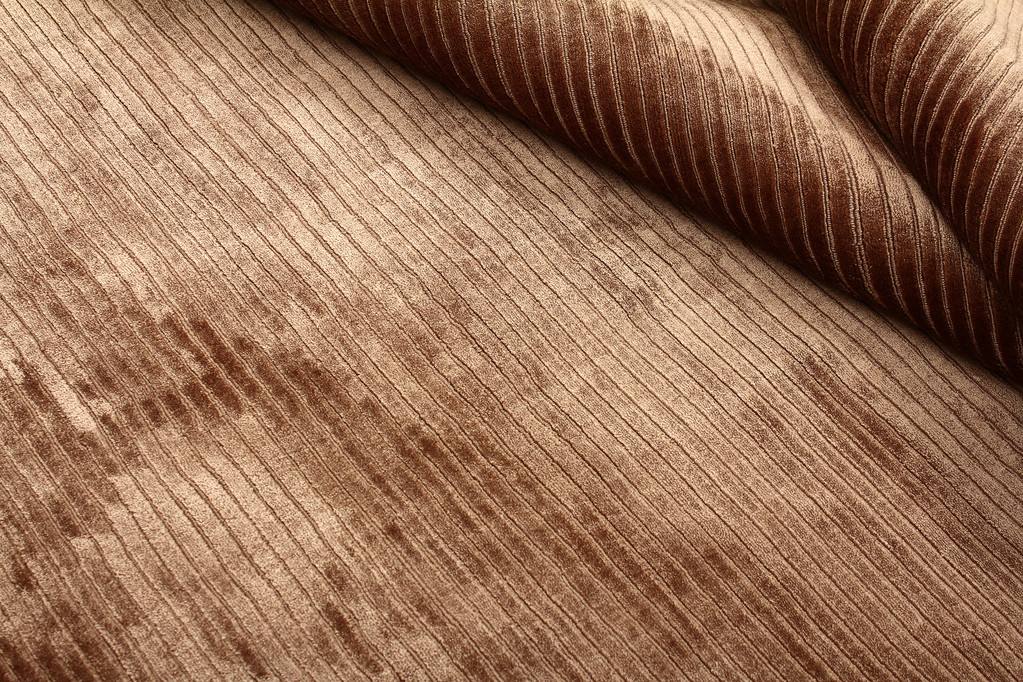
Du Jinsheng once studied at Department of Weaving of the Zhejiang A-Type Technology School(predecessor of today’s Zhejiang University),and became an instructor after graduation.He was captivated by the charming landscape of the West Lake,and always made experiments on how to present these scenes on silk.In March1921,he finally managed to weave a landscape textile of Nine Creeks and EighteenGullies,a famous scenic spot in Hangzhou,which was the first weaved scene of the West Lake.From then on,techniques were developed not only to depict scenes,but to portray figures as well.
However,the visual presentation in traditional brocade was rather limited,as colors of the finished work were just the colors of raw threads applied,with a maximum of dozens of colour variations.Compared to modern photography,printing anddigital spraying,the limit of colors and exquisiteness became a bottleneck for the development of textile art.
Since the late 1990s,along with the popularization of computers,electronic jacquard machines and computer-assisted patterning systems have been applied in weaving,making it possible to achieve infinite colors with limited variations of raw silk.The digital weaving technology invented in late 1990s in particular,witnessed the birth of modern emulational silk painting,and brought splendor to silk weaving products again.With such technology,in principle,4,500 different colors can be produced through combination of only five basic colors-red,yellow,blue,black and white.
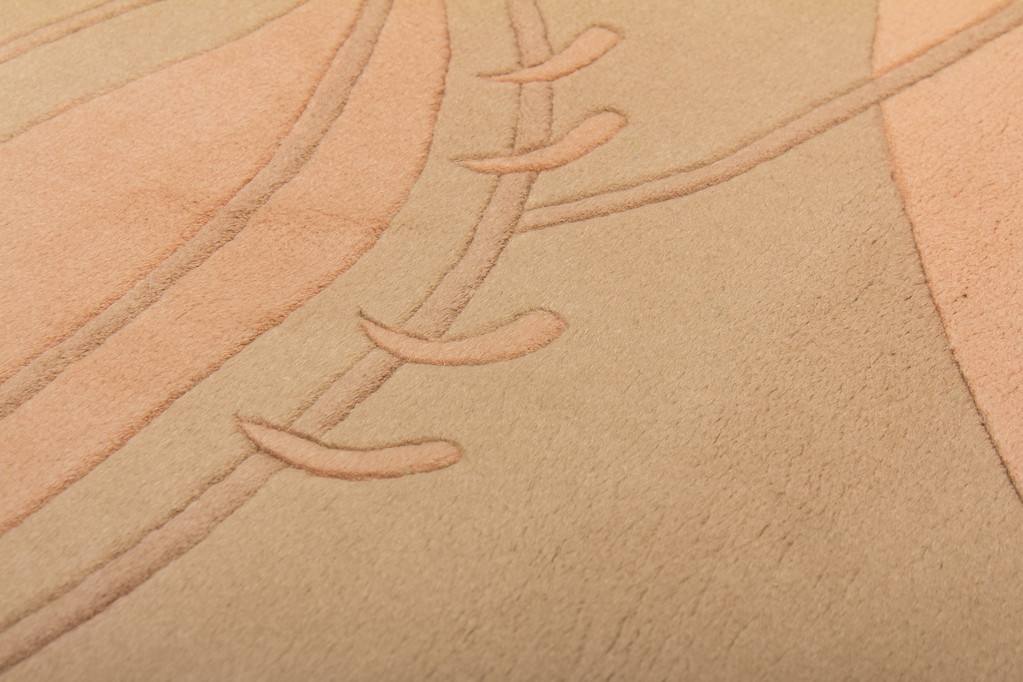
The digital emulational technique has been successfully applied on production of various silk craftworks,especially to display the charm of brushwork of ancient calligraphy and painting works. For instance, in 1998, the famous painting Riverside Scene at the Qingming Festival of the Song dynasty which is 12.8 meter long and 0.25 meter wide, was successfully reproduced on silk through digital technologies. The integration with modern high technology resulted in a renovation of the time-honored Chinese silk production.
